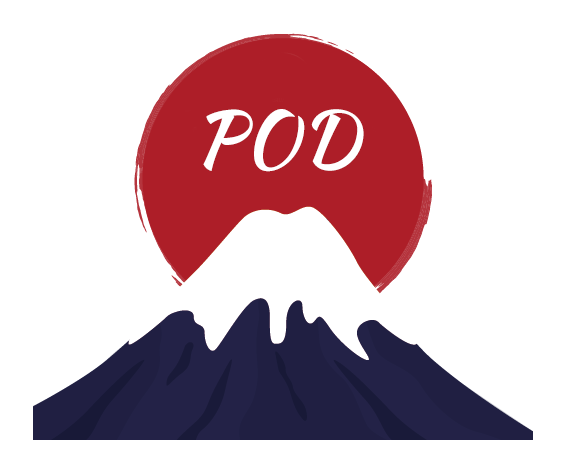Ukiyo-e is a traditional form of Japanese art that emerged during the Edo period (1603-1868). It is a genre of woodblock prints and paintings that provide a captivating glimpse into the daily life, culture, and society of Japan during this era. Ukiyo-e, which translates to "pictures of the floating world," reflects the vibrant and dynamic nature of the period.
One of the key characteristics of ukiyo-e is its depiction of the common people. Unlike previous art forms that focused on the nobility and aristocracy, ukiyo-e captured the lives of ordinary citizens. These prints often portrayed scenes of urban life in Edo (modern-day Tokyo), including bustling markets, teahouses, theaters, and pleasure quarters. Through these images, viewers can gain insight into the leisure activities, fashion trends, and social interactions of the time.
Another significant aspect of ukiyo-e is its representation of nature. The prints often feature landscapes, flora, and fauna, showcasing the beauty of Japan's natural environment. Artists skillfully captured the changing seasons, from cherry blossoms in spring to snow-covered landscapes in winter. These prints not only serve as aesthetic delights but also reflect the Japanese appreciation for the harmony between humans and nature.
Ukiyo-e prints were created using a meticulous process involving multiple artists. First, the design was drawn by a master artist. Then, the drawing was transferred onto a wooden block, which was carved by a skilled craftsman. Each color required a separate block, and the final print was produced by applying ink to the carved blocks and pressing them onto paper. This technique allowed for mass production of prints, making ukiyo-e accessible to a wide audience.
The subject matter of ukiyo-e prints was diverse, ranging from landscapes and portraits to historical events and mythical tales. One notable theme is the depiction of kabuki actors and geishas. These prints not only captured the physical likeness of the performers but also conveyed their unique personalities and emotions. Ukiyo-e prints thus played a crucial role in promoting the popularity of kabuki theater and geisha culture during the Edo period.
Ukiyo-e prints also had a considerable influence on Western art. In the late 19th century, Japan opened its doors to the world after centuries of isolation. Western artists, including Vincent van Gogh and Claude Monet, were captivated by the unique style and composition of ukiyo-e prints. They incorporated elements of Japanese art into their own works, leading to the development of the Japonisme movement in Europe.
In conclusion, ukiyo-e is a fascinating art form that provides a valuable window into Japan's Edo period. Through its depiction of daily life, nature, and various themes, ukiyo-e offers a vivid portrayal of the culture and society of that time. Its influence on Western art further demonstrates the lasting impact of this traditional Japanese art form. Whether you are a history enthusiast, art lover, or simply curious about Japanese culture, exploring ukiyo-e prints will undoubtedly be a rewarding experience.

